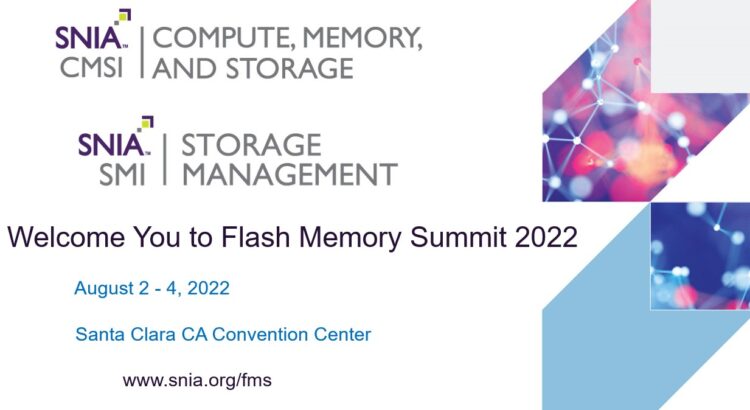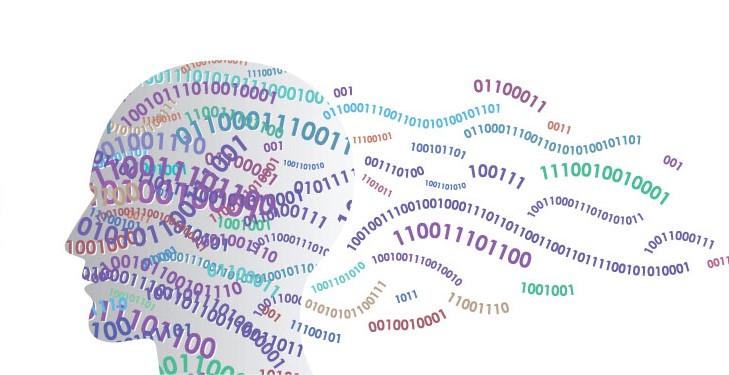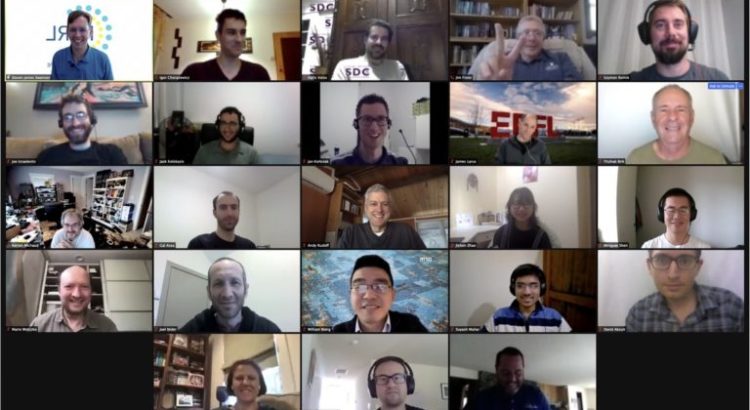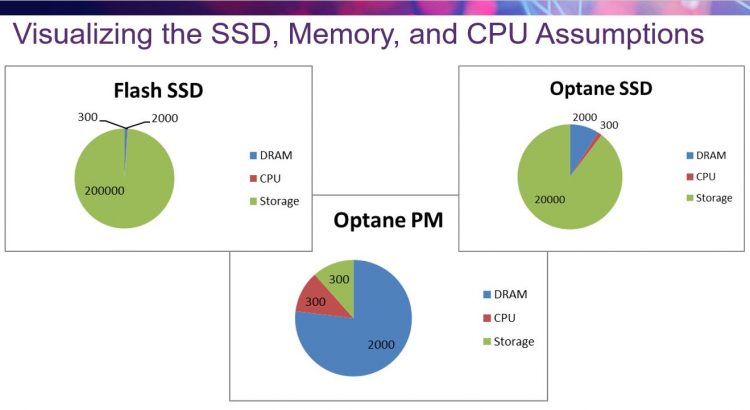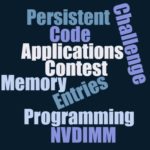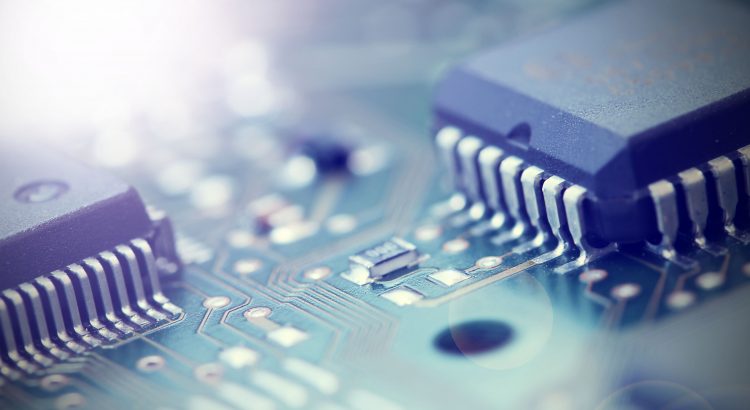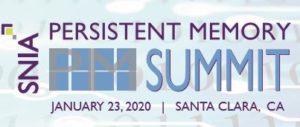Measuring power efficiency in datacenter storage is a complex endeavor. A number of factors play a role in assessing individual storage devices or system-level logical storage for power efficiency. Luckily, our SNIA experts make the measuring easier!
In this SNIA Experts on Data blog series, our experts in the SNIA Solid State Storage Technical Work Group and the SNIA Green Storage Initiative explore factors to consider in power efficiency measurement, including the nature of application workloads, IO streams, and access patterns; the choice of storage products (SSDs, HDDs, cloud storage, and more); the impact of hardware and software components (host bus adapters, drivers, OS layers); and access to read and write caches, CPU and GPU usage, and DRAM utilization.
Join us on our journey to better power efficiency as we continue with Part 3: Traditional Differences in Power Consumption: Hard Disk Drives vs Solid State Drives. And if you missed our earlier segments, click on the titles to read them: Part 1: Key Issues in Power Efficiency Measurement, and Part 2: Impact of Workloads on Power Efficiency Measurement.. Bookmark this blog and check back in April for the final installment of our four-part series. And explore the topic further in the SNIA Green Storage Knowledge Center.
Traditional Differences in Power Consumption: Hard Disk Drives vs Solid State Drives
There are significant differences in power efficiency between Hard Disk Drives (HDDs) and Solid State Drives (SSDs). While some commentators have examined differences in power efficiency measurement for HDDs v SSDs, much of the analysis has not accounted for the key power efficiency contributing factors outlined in this blog.
As a simple generalization at the individual storage device level, HDDs show higher power consumption than SSDs. In addition, SSDs have higher performance (IOPS and MB/s) often by an order of magnitude or more. Hence, cursory consideration of device power efficiency measurement, expressed as IOPS/W or MB/s/W, will typically favor the faster SSD with lower device power consumption.
On the other hand, depending on the workload and IO transfer size, HDD devices and systems may exhibit better IOPS/W and MB/s/W if measured to large block sequential RW workloads where head actuators can reside on the disk OD (outer diameter) with limited seek accesses.
The above traditional HDD and SSD power efficiency considerations can be described at the device level as involving the following key points:
HDDs (Hard Disk Drives):
- Mechanical Components: HDDs consist of spinning disks and mechanical read/write heads. These moving parts consume a substantial amount of power, especially during startup and when seeking data.
- Idle Power Consumption: Even when not actively reading or writing data, HDDs still consume a notable amount of power to keep the disks spinning and ready to access data
- Access Time Impact: The mechanical nature of HDDs leads to longer access times compared to SSDs. This means the drive remains active for longer periods during data access, contributing to higher power consumption.
SSDs (Solid State Drives):
- No Moving Parts: SSDs are entirely electronic and have no moving parts. As a result, they consume less power during both idle and active states compared to HDDs
- Faster Access Times: SSDs have much faster access times since there are no mechanical delays. This results in quicker data retrieval and reduced active time, contributing to lower power consumption
- Energy Efficiency: SSDs are generally more energy-efficient, as they consume less power during read and write operations. This is especially noticeable in laptops and portable devices, where battery life is critical
- Less Heat Generation: Due to their lack of moving parts, SSDs generate less heat during operation, which can lead to better thermal efficiency in systems.
In summary, SSDs tend to be more power-efficient than HDDs due to their lack of mechanical components, faster access times, and lower energy consumption during both active and idle states. This power efficiency advantage is one of the reasons why SSDs have become increasingly popular in various computing devices, from laptops to data centers.



